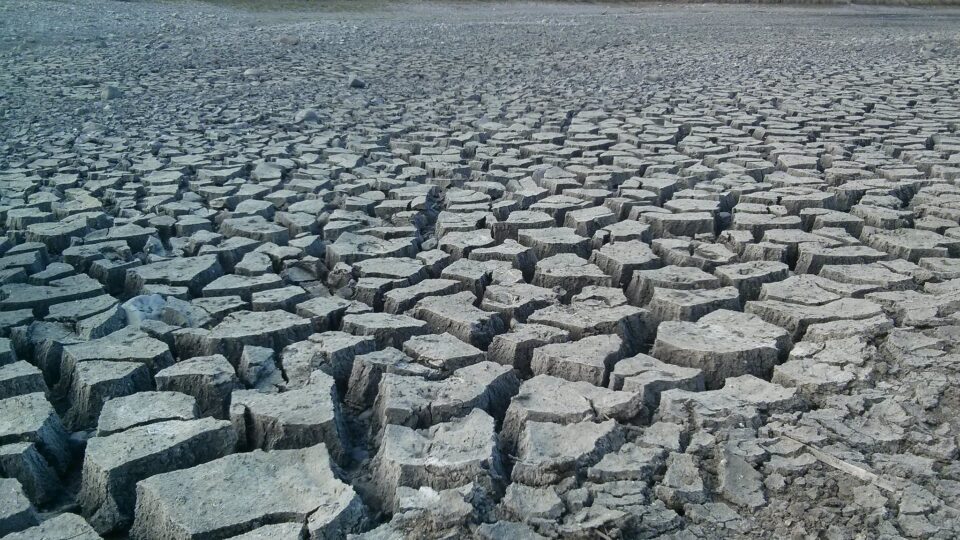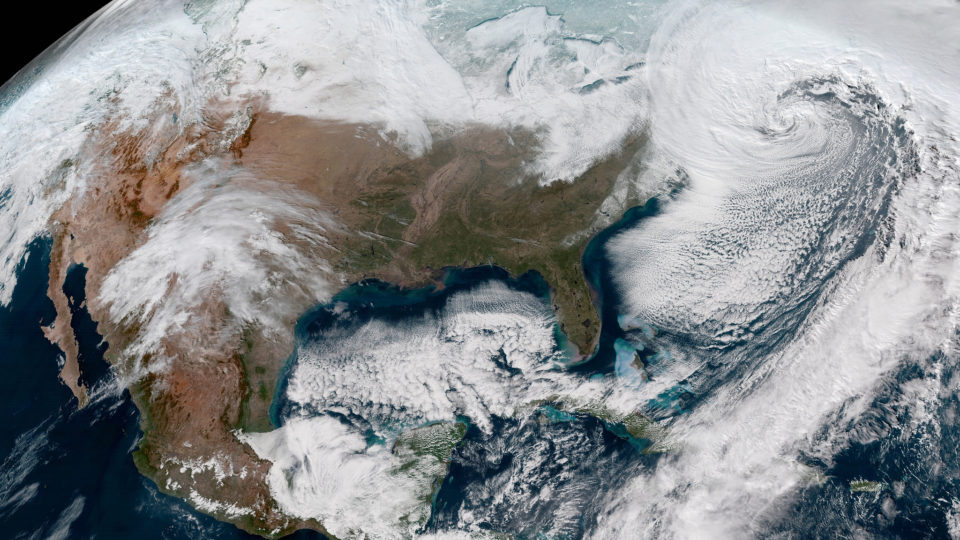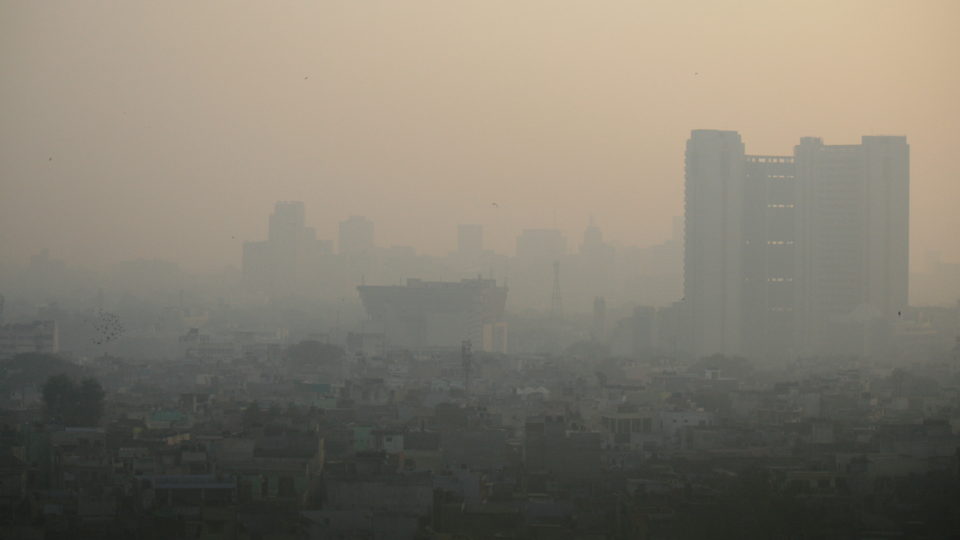2023 and 2024 have been the hottest years since records have been kept. But above and beyond the upward march of average temperatures around the globe, there has been the phenomenon of distinct regions across the globe experiencing repeated heatwaves that are so extreme that they cannot be accounted for in any models of global warming.
A new study by Columbia University’s Climate School has provided the first worldwide map of such regions, which have emerged on every continent except Antarctica. Heatwaves in these regions have killed thousands of people, withered crops and forests, and triggered devastating wildfires.
These recent regional-scale record-breaking temperature extremes have raised questions about whether current climate models can provide adequate estimates of the relationship between global mean temperature changes and regional climate risks.
Some of these regional events in recent years include a nine-day heatwave in the U.S. Pacific Northwest and southwestern Canada in June 2021 that broke daily records in some places by 54 degrees Fahrenheit. Across Germany, France, the UK, the Netherlands, and other countries, the hottest days of the year are warming twice as fast as the summer mean temperatures.
There is yet little understanding of the phenomenon. Some theories related to destabilization of the jet stream don’t really explain all the temperature extremes observed. But regardless of the underlying causes, the health impacts of these heat waves are severe, as are the effects on agriculture, vegetation, and infrastructure. Society is not built to quickly adapt to them.
**********
Web Links
Unexplained Heat Wave ‘Hotspots’ Are Popping Up Across the Globe
Photo, posted August 16, 2022, courtesy of Alisdare Hickson via Flickr.
Earth Wise is a production of WAMC Northeast Public Radio



















